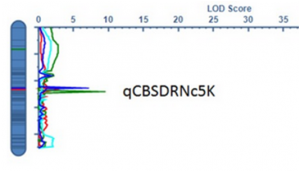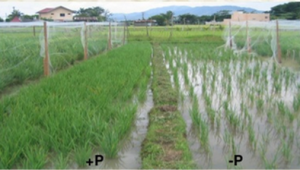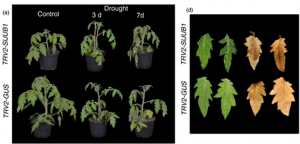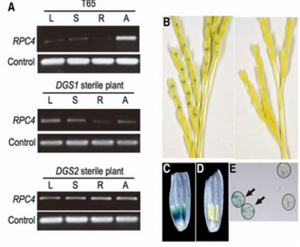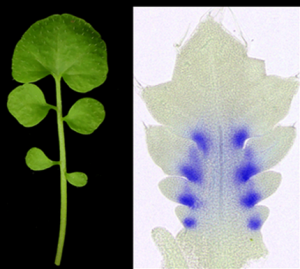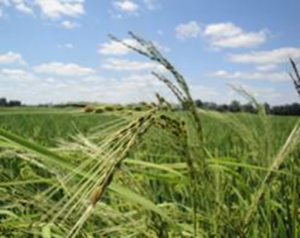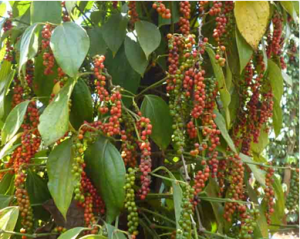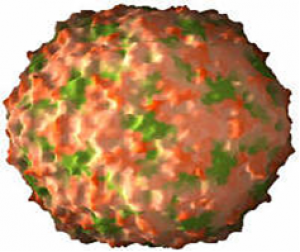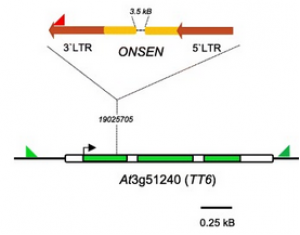Genetic mapping of quantitative trait loci (QTL) for resistance to cassava brown streak disease (CBSD), cassava mosaic disease (CMD), and cassava green mite (CGM) was performed using an F1 cross developed between the Tanzanian landrace, Kiroba, and a breeding line, AR37-80. The population was evaluated for two consecutive years in two sites in Tanzania. A genetic linkage map was derived from 106 F1 progeny and 1,974 SNP markers and spanned 18 chromosomes covering a distance of 1,698 cM. Fifteen significant QTL were identified
Nitrogen (N) and phosphorus (P) are two essential macronutrients for plants. Overexpression of the rice nitrate transporter, OsNRT2.3b, can improve rice grain yield and nitrogen use efficiency (NUE). Here, OsNRT2.3b overexpression resulted in increased grain yield, straw yield, and grain:straw ratio, accompanied by increased P concentrations in the leaf blade, leaf sheath, culm, and unfilled rice hulls. Overexpression of OsNRT2.3b significantly increased 33Pi uptake compared with WT under 300-μM Pi but not 10-μM Pi condition in 24 h.
Water deficit (drought stress) massively restricts plant growth and the yield of crops; reducing the deleterious effects of drought is therefore of high agricultural relevance. Drought triggers diverse cellular processes including the inhibition of photosynthesis, the accumulation of cell-damaging reactive oxygen species and gene expression reprogramming, besides others. Transcription factors (TF) are central regulators of transcriptional reprogramming and expression of many TF genes is affected by drought, including members of the NAC family.
Reproductive barriers are commonly observed in both animals and plants, in which they maintain species integrity and contribute to speciation. This report shows that a combination of loss-of-function alleles at two duplicated loci, DUPLICATED GAMETOPHYTIC STERILITY 1 (DGS1) on chromosome 4 and DGS2 on chromosome 7, causes pollen sterility in hybrid progeny derived from an interspecific cross between cultivated rice, Oryza sativa, and an Asian annual wild rice, O. nivara.
Seed development is biphasic, consisting of the morphogenesis phase when the basic plant body plan is established and the maturation phase when the embryo accumulates storage reserves and becomes desiccation tolerant. Despite the importance of seeds as human food and animal feed, little is known about the gene-regulatory networks that operate during these phases. We identified genes that are regulated genetically and transcriptionally by a master regulator of seed development
Genotypic variation at multiple loci for seed dormancy (SD) contributes to plant adaptation to diverse ecosystems. Weedy rice (Oryza sativa) was used as a model to address the similarity of SD genes between distinct ecotypes. A total of 12 quantitative trait loci (QTL) for SD were identified in one primary and two advanced backcross (BC) populations derived from a temperate ecotype of weedy rice (34.3°N Lat.). Nine (75%) of the 12 loci were mapped to the same positions as those identified from a tropical ecotype of weedy rice (7.1°N Lat.).
Small RNAs derived from ribosomal RNAs (srRNAs) are rarely explored in the high-throughput data of plant systems. Here, we analyzed srRNAs from the deep-sequenced small RNA libraries of Piper nigrum, a unique magnoliid plant. The 5' end of the putative long form of 5.8S rRNA (5.8SLrRNA) was identified as the site for biogenesis of highly abundant srRNAs that are unique among the Piperaceae family of plants.
It is common to find that major-effect genes are an important cause of variation in susceptibility to infection. Here we have characterized natural variation in a gene called pastrel that explains over half of the genetic variance in susceptibility to the Drosophila C virus (DCV) in populations of Drosophila melanogaster. We found extensive allelic heterogeneity, with a sample of seven alleles of pastrel from around the world conferring four phenotypically distinct levels of resistance.
Retrotransposons play a central role in plant evolution and could be a powerful endogenous source of genetic and epigenetic variability for crop breeding. To ensure genome integrity several silencing mechanisms have evolved to repress retrotransposon mobility. Even though retrotransposons fully depend on transcriptional activity of the host RNA polymerase II (Pol II) for their mobility, it was so far unclear whether Pol II is directly involved in repressing their activity. Here we show that plants defective in Pol II activity lose DNA methylation at repeat sequences and produce more extrachromosomal retrotransposon DNA upon stress in Arabidopsis and rice.
Rice blast, caused by the ascomycete Magnaporthe oryzae, is one of the most destructive rice diseases worldwide. Even though the disease has been present in California since 1996, there is no data for the pathogen population biology in the state. Using amplified fragment length polymorphisms and mating-type markers, the M. oryzae population diversity was investigated using isolates collected when the disease was first established in California and isolates collected a decade later.


 Curently online :
Curently online :
 Total visitors :
Total visitors :
